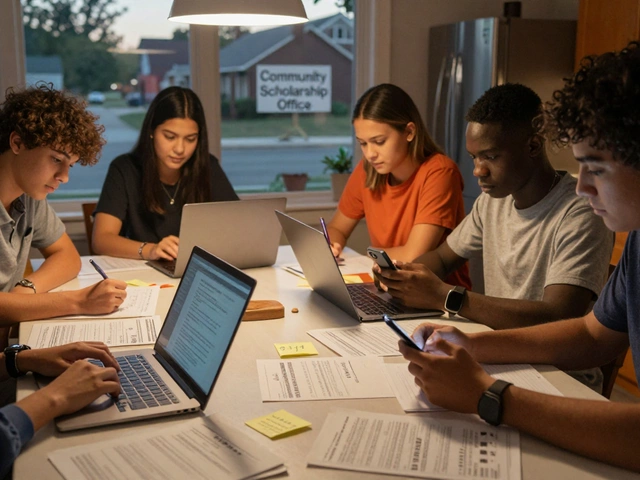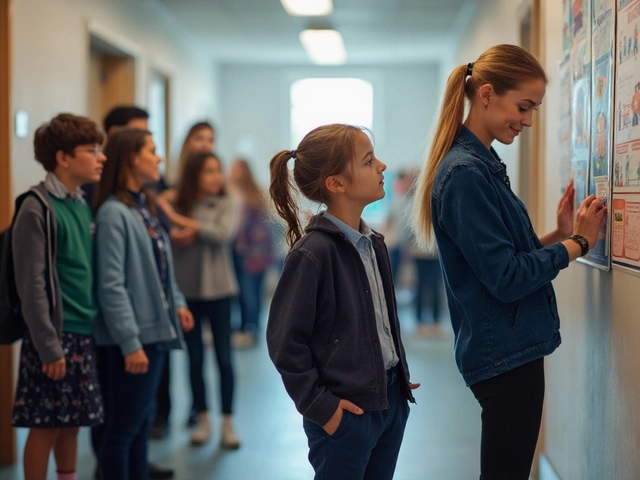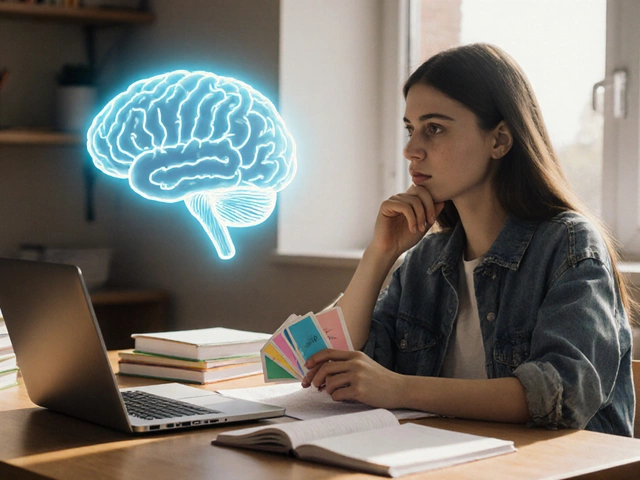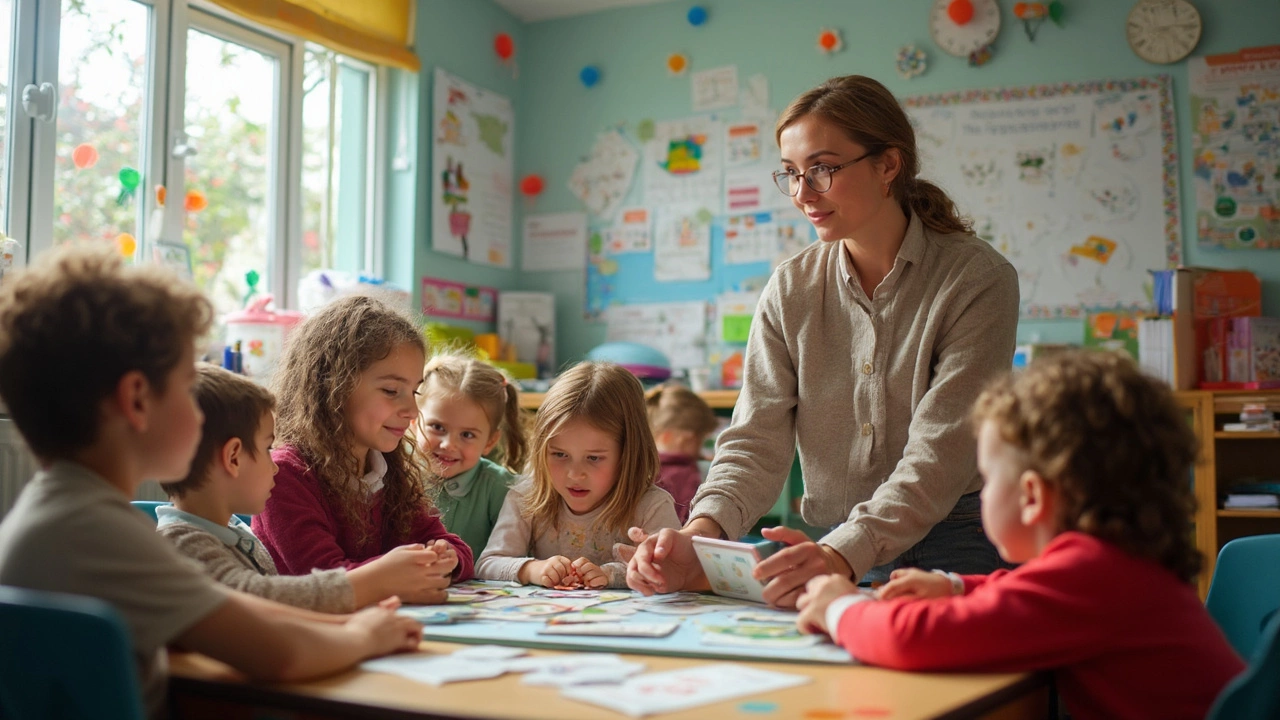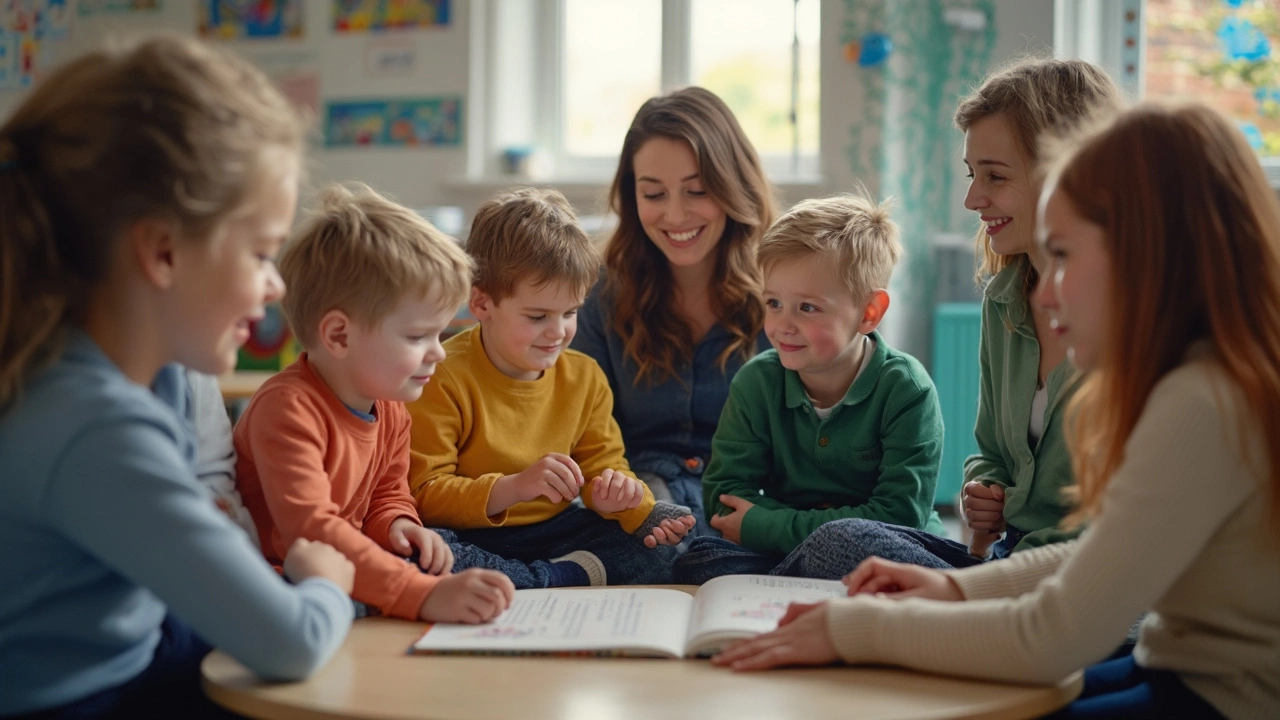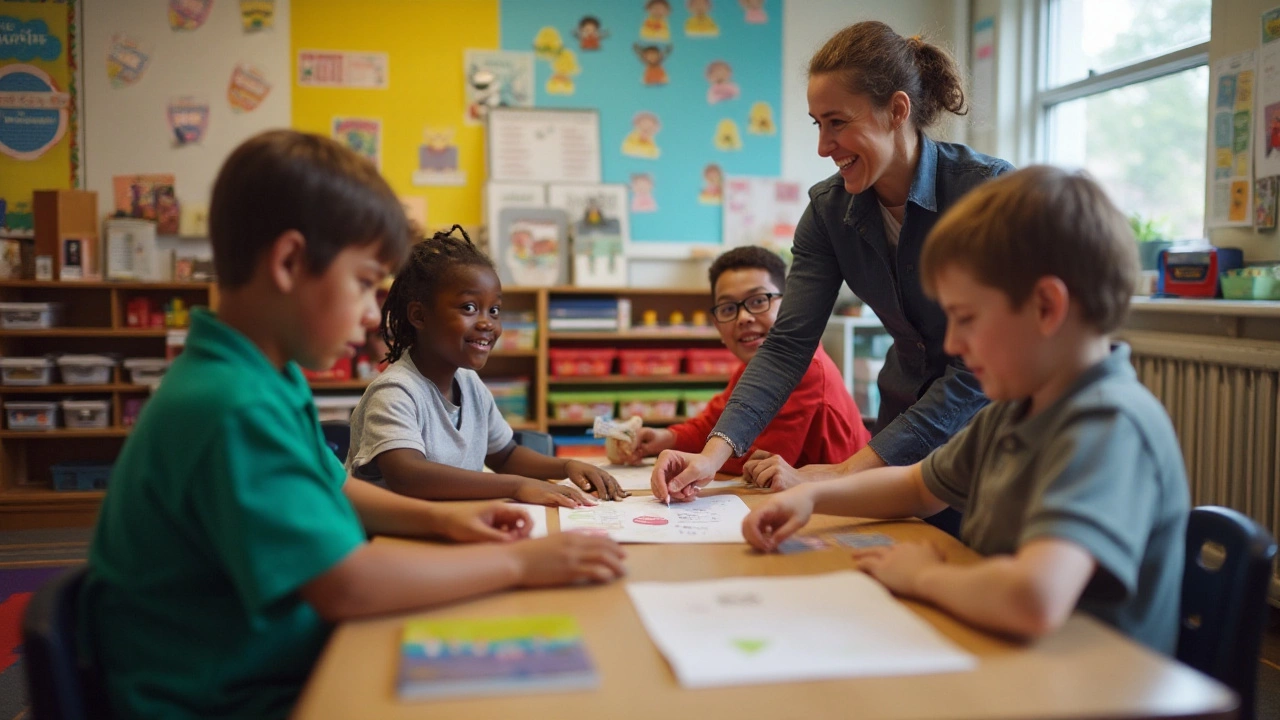Inclusive Education: Real‑World Tips to Support Every Learner
Inclusive education means designing lessons so every student—whether they have a disability, a language barrier, or just a different learning style—can join in and succeed. It’s not a buzzword; it’s a set of everyday actions that teachers can start using right now.
Start with Simple Classroom Adjustments
Ask yourself: what small change could help a student who struggles to focus? Adding a quiet corner, offering headphones, or letting a student use a fidget tool can make a huge difference. In our post "Practical Strategies for Supporting Children with Special Needs in the Classroom and Beyond," we share a checklist of low‑cost tweaks that work in any school.
Another easy win is visual supports. Put key instructions on the board, use picture schedules, or hand out step‑by‑step sheets. Visual cues help autistic learners, English language learners and anyone who processes information better when they can see it.
Build a Culture of Peer Support
Inclusive classrooms thrive when students help each other. Pair a confident reader with a peer who needs extra help during group work. Use buddy systems for lab tasks or art projects. This not only builds confidence for the learner who needs support, it teaches empathy and teamwork for the whole class.
Remember to teach the language of inclusion. Simple phrases like "I see you," "Can I help?" and "Let’s try together" give kids a toolbox for respectful interaction. You can role‑play scenarios in class to practice these phrases.
When planning lessons, think about multiple ways to show understanding. Offer choices: a written paragraph, an oral presentation, a video, or a mind map. This aligns with the universal design for learning (UDL) principles and lets each student play to their strengths.
Assessment can stay fair without being one‑size‑fits‑all. Use rubrics that focus on effort, progress and mastery of concepts rather than just the final product. Provide extra time or alternative formats when needed, and always explain why the accommodation is in place.Finally, keep communication open with families and specialists. Share what works in class, ask for insights about the student’s home routines, and adjust strategies together. Collaborative planning often uncovers hidden strengths and barriers.
Inclusive education isn’t about perfect perfection; it’s about constant, small improvements that add up. Start with one adjustment today, watch the impact, and keep building. Your classroom can become a place where every learner feels seen, valued, and capable of achieving their best.


